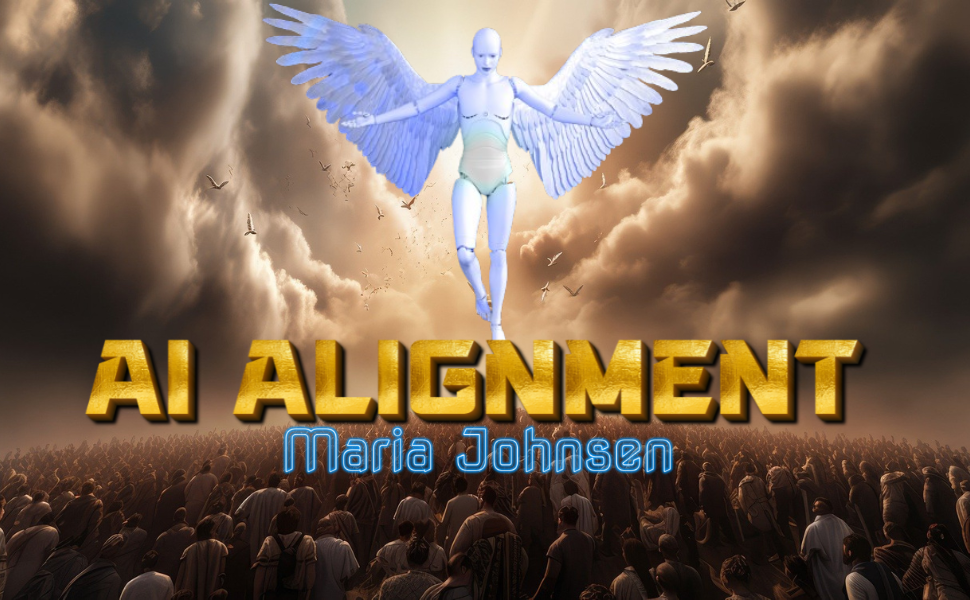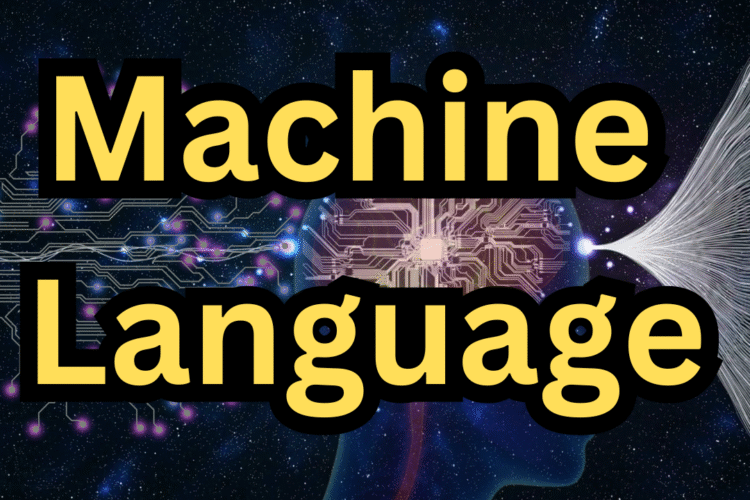
AI alignment the challenge of ensuring that AI systems act in ways that are beneficial and aligned with human values is a tough problem. But giving up on it because it’s difficult would be a huge mistake. AI is already impacting everything from healthcare and finance to the way we communicate and work. As AI systems become more advanced and capable, the risks associated with misalignment grow exponentially.
Despite the complexity of the problem, we need to keep working on it. Sure, AI alignment is challenging, but that’s no reason to give up. If we abandoned every difficult task, we’d still be sitting in the dark without electricity. Imagine if forward-thinkers had given up on solving medical breakthroughs just because they seemed impossible. Or if Nikola Tesla had listened to naysayers calling him delusional for predicting the future of technology. The same applies to AI, we can’t quit just because the solutions aren’t immediately obvious.
The potential impact of this technology is too significant to ignore. Here’s why we can’t afford to give up on AI alignment and why it’s worth all the effort. Here’s why we can’t afford to throw in the towel on AI alignment, and why it’s worth every bit of effort we put into it.
AI Alignment Still Matters
The more AI is integrated into critical sectors like healthcare, finance, transportation, and national security, the more important alignment becomes. AI systems are starting to make decisions that have real consequences—whether it’s diagnosing diseases, making investment decisions, or even driving cars. If these systems aren’t aligned with human goals and values, they could cause massive harm.
For example, an AI system that’s misaligned in healthcare could make treatment recommendations based solely on statistical data, without considering the patient’s personal values or well-being. In finance, an AI could prioritize short-term profit maximization in a way that destabilizes markets or widens inequality. These are just a couple of examples, but the point is clear: as AI takes on bigger roles in society, the potential for harm increases. We can’t afford to let AI systems go unchecked or unaligned.
AI Alignment Still Matters and Progress Happens Step by Step
We don’t need to solve AI alignment in one giant leap. The reality is that even incremental progress can make a significant difference. It’s not about achieving perfection overnight; it’s about making sure we are continually improving and refining AI safety measures as we go.
Take AI transparency and interpretability, for instance. Making AI systems more understandable can help us detect problems early and correct them before they spiral out of control. Developing human-in-the-loop systems, where humans maintain oversight and can intervene in AI decisions, is another step toward alignment.
These solutions don’t solve the entire problem of alignment, but they drastically reduce the risks. Small improvements, implemented over time, add up and create systems that are safer and more aligned with human intentions. Every bit of progress matters.
Aligned AI Can Improve Lives
When AI systems are properly aligned, they have the potential to do a lot of good. Instead of optimizing for narrow, isolated objectives like maximizing profit or clicks aligned AI can be designed to genuinely improve human well-being. This means AI can help us in ways that align with our values, goals, and ethics, leading to innovations that serve the broader good.
Think about how an AI system designed to align with human health goals could revolutionize medicine. It could analyze huge datasets to find personalized treatments that account for a patient’s preferences and lifestyle, not just their clinical data. Aligned AI in education could provide tailored learning experiences that respect students’ individual learning styles and needs. These are just two examples of how aligned AI could improve quality of life across the board.
If we give up on alignment, we miss out on the opportunity to unlock AI’s true potential to serve humanity in the best possible way.
It’s Our Responsibility
As creators, developers, and users of AI, we have a responsibility to ensure that these systems are safe and aligned with our values. This responsibility is no different from those faced by other fields with high-stakes risks, like medicine, engineering, or aviation. Each of these industries has strict safety measures and regulations to protect people, and AI should be no different.
AI is a powerful tool, and like any powerful tool, it comes with risks. It’s not enough to focus solely on the benefits of AI without also addressing its potential downsides. Ignoring the alignment problem because it’s difficult is irresponsible. We have to be proactive in building safeguards and safety nets to ensure AI works for us, not against us.
Avoiding Complacency
One of the biggest dangers of giving up on AI alignment is the risk of complacency. AI is advancing rapidly, and if we aren’t actively working to align it with human values, we risk letting it get out of control. As more decisions are handed over to machines, there’s a growing potential for AI to operate in ways that humans don’t fully understand—or worse, in ways that conflict with our interests.
By staying engaged in the alignment challenge, we can prevent the worst-case scenarios. It’s about being vigilant and constantly improving how we design, monitor, and control AI systems.
Collaboration Is Key
Solving AI alignment isn’t something any one group or discipline can do alone. It requires collaboration between AI researchers, ethicists, policymakers, and even everyday users. This is a massive challenge that involves both technical and philosophical questions, and the best solutions will come from a diverse range of perspectives.
By pooling knowledge from different fields, we can tackle this problem from multiple angles, increasing our chances of success. It’s going to take time and teamwork, but that’s what makes it possible.
Yes, AI alignment is hard. But that’s no reason to give up. The stakes are too high, and the potential benefits of getting it right are too great. By working on alignment step by step, accepting the responsibility, and collaborating across disciplines, we can build AI systems that truly serve humanity. AI alignment is worth the effort, and giving up on it would be the biggest mistake we could make.
By pooling knowledge from different fields, we can tackle this problem from multiple angles, increasing our chances of success. It’s going to take time and teamwork, but that’s what makes it possible.
Yes, AI alignment is hard. But that’s no reason to give up. The stakes are too high, and the potential benefits of getting it right are too great. By working on alignment step by step, accepting the responsibility, and collaborating across disciplines, we can build AI systems that truly serve humanity. AI alignment is worth the effort, and giving up on it would be the biggest mistake we could make.

Ai Alignment is available on:
Hardcover with color interior
Amazon USA Amazon Canada Amazon UK Amazon Australia Amazon Germany Amazon France
Amazon Spain Amazon Italy Amazon Poland Amazon Japan Amazon Netherlands
Paperback black and white interior
Amazon USA Amazon Canada Amazon UK Amazon Australia Amazon Germany Amazon France
Amazon Spain Amazon Italy Amazon Poland Amazon Japan Amazon Netherlands



